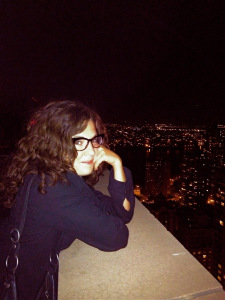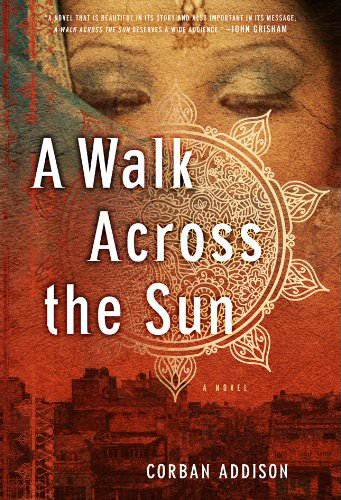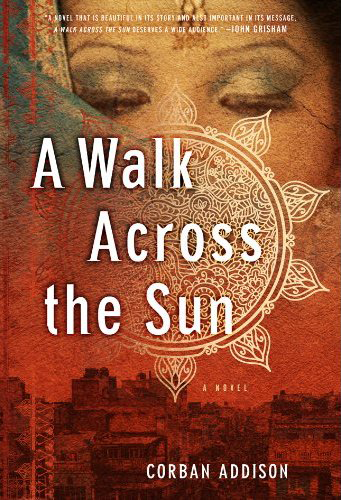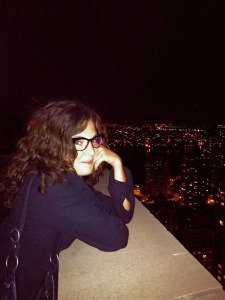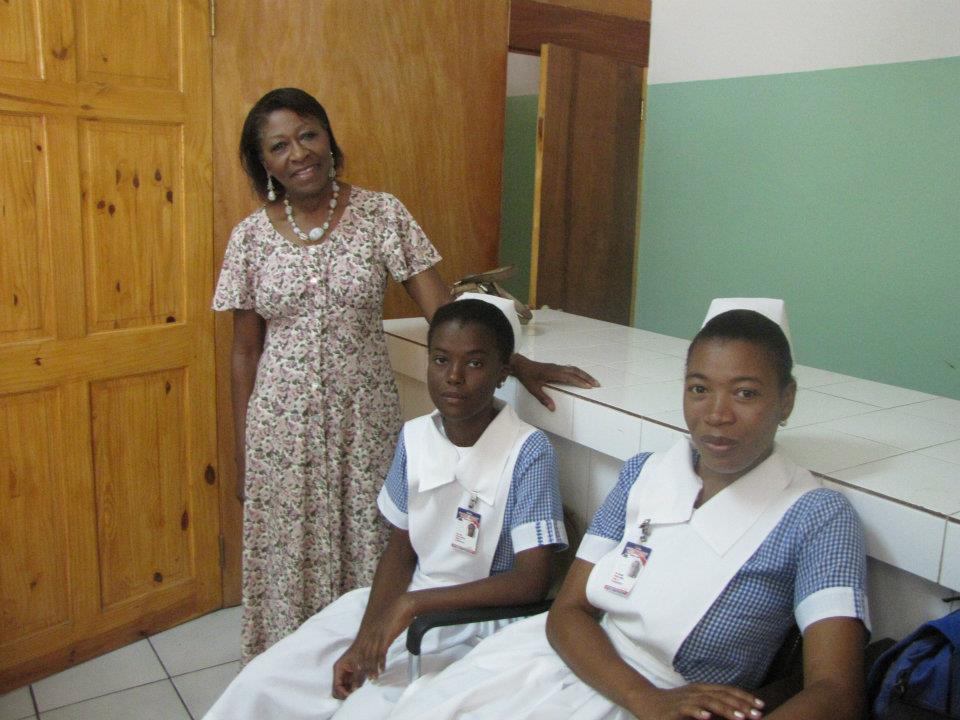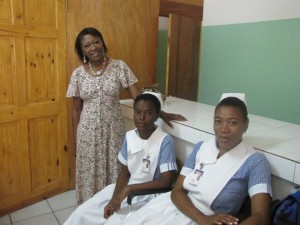Not Enough Staff for the Art of Care
This is a guest post by Amanda Anderson, RN, BSN, CCRN, a native-Buffalonian-turned-New-Yorker, is celebrating her 6th Birthday as a MICU nurse this June. She’s currently shooting for two master’s degrees from Hunter Bellevue’s award-winning nursing school, writing with students and for herself, and dodging yellow cabs while speeding around the city on her little bike. Follow her musings here, via @12hourRN, and on her blog www.thisnursewonders.wordpress.com.

At work, sometimes I get the opportunity to change lives. Other times, I work to change deaths.
Mrs. T was dying when I walked into her life. Imminently. A 7-week aggressive course of acute cancer treatment left her body riddled with side effects and complications from a long list of interventions that never promised to cure. Everyone on the unit knew her painful stay and her family’s tireless desire to “do everything.”
During my first night as her nurse, she breathed for herself and maintained stable vital signs. Her handsome husband and loving children calmly willed her to improve. She opened her eyes to their loving voices.
I spent the first evening talking with them congenially. I learned she was a great cook and that she held her religious beliefs close to her heart. Photos of grandchildren, stories of first dates; I felt like a 12-hour member of their family.
That night, I didn’t broach the topic that I knew would become important to discuss very soon – a reality I saw the second I laid eyes on Mrs. T – that she was dying, and that we needed to decide how to manage the progression of her dying process. I had no right to start this conversation that night; it would have only lead to broken trust. Minutes prior, I was just another New York stranger.



